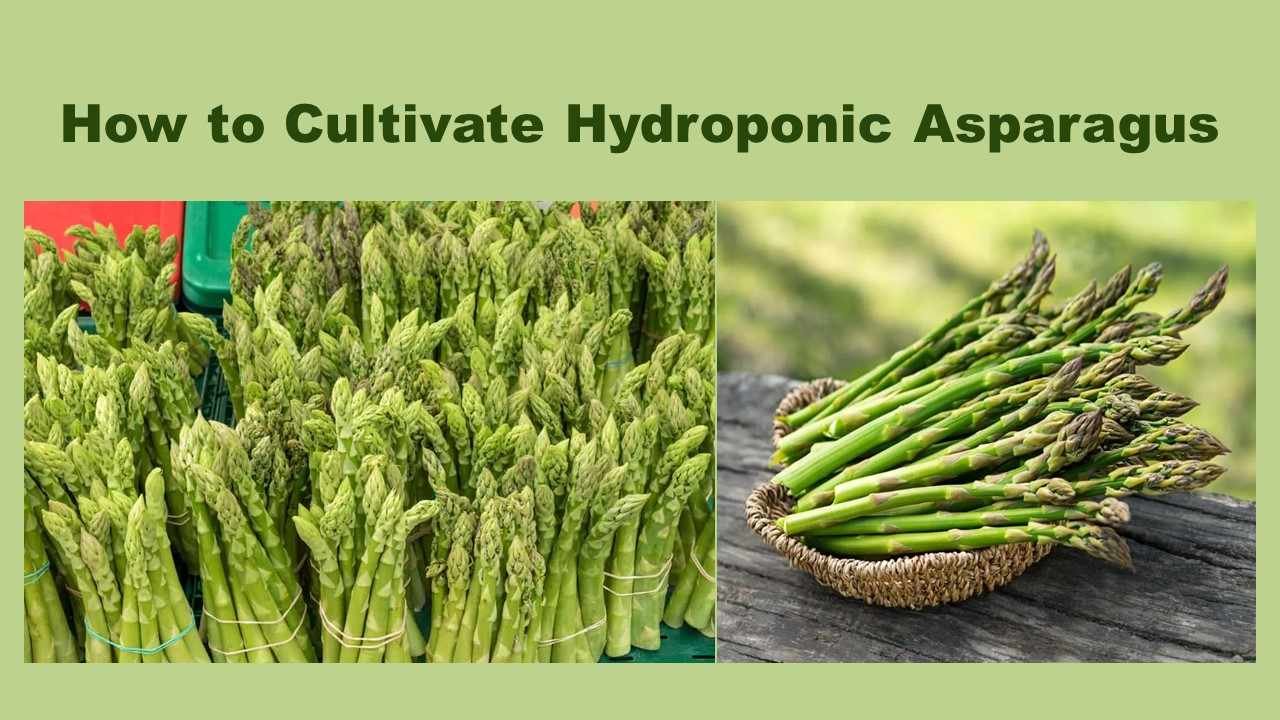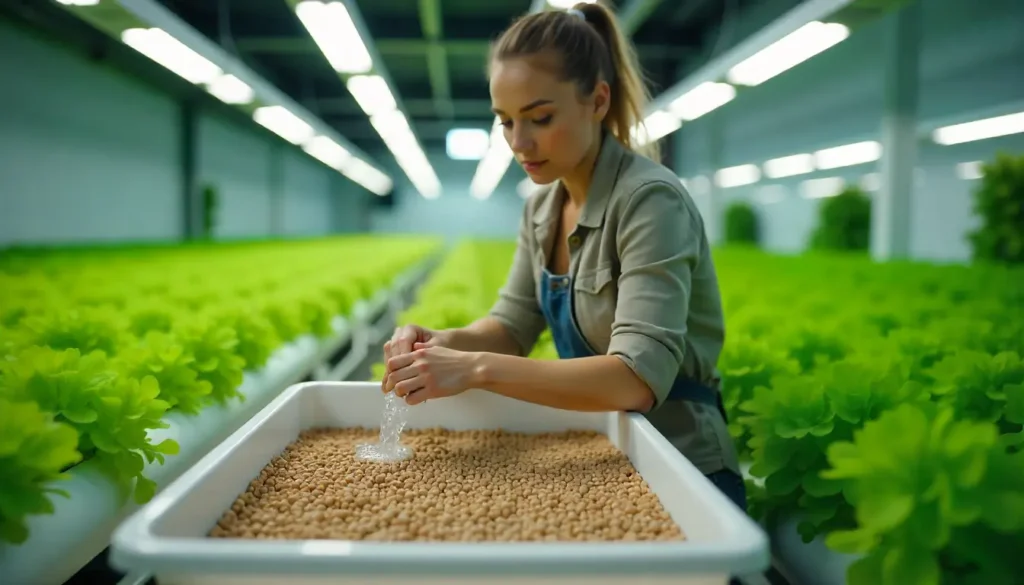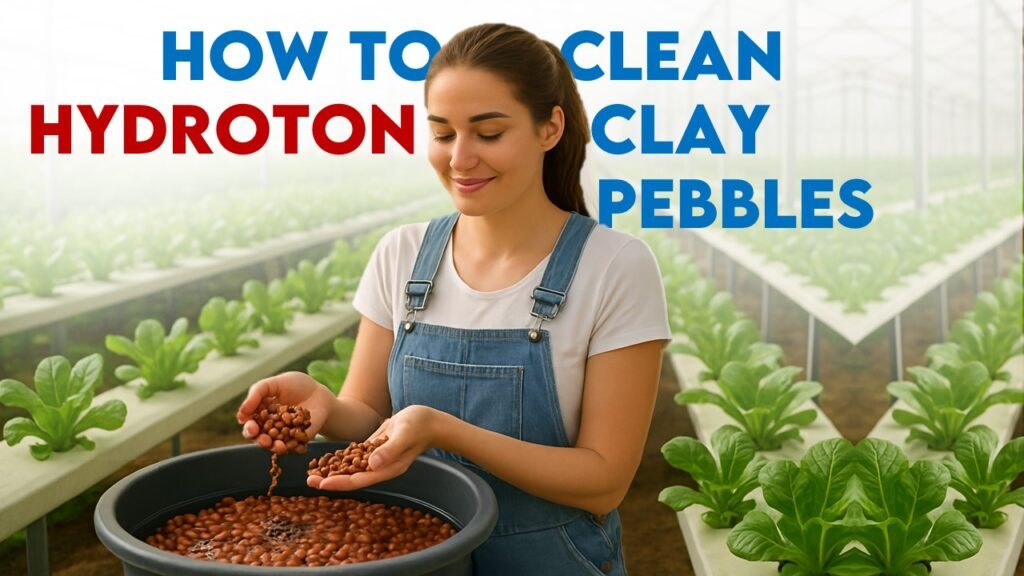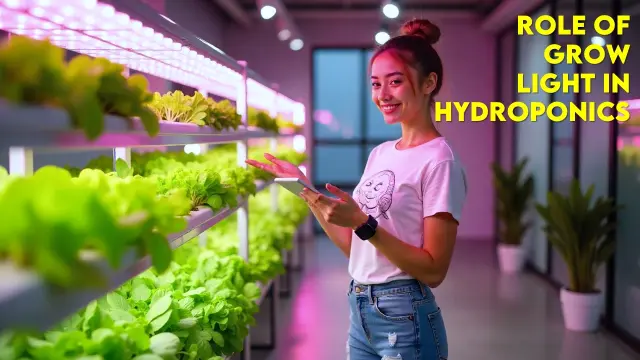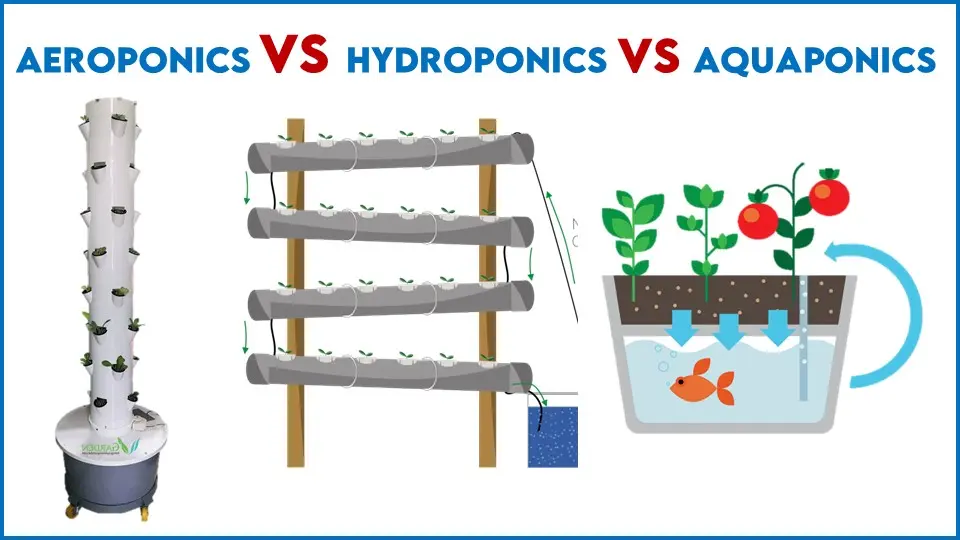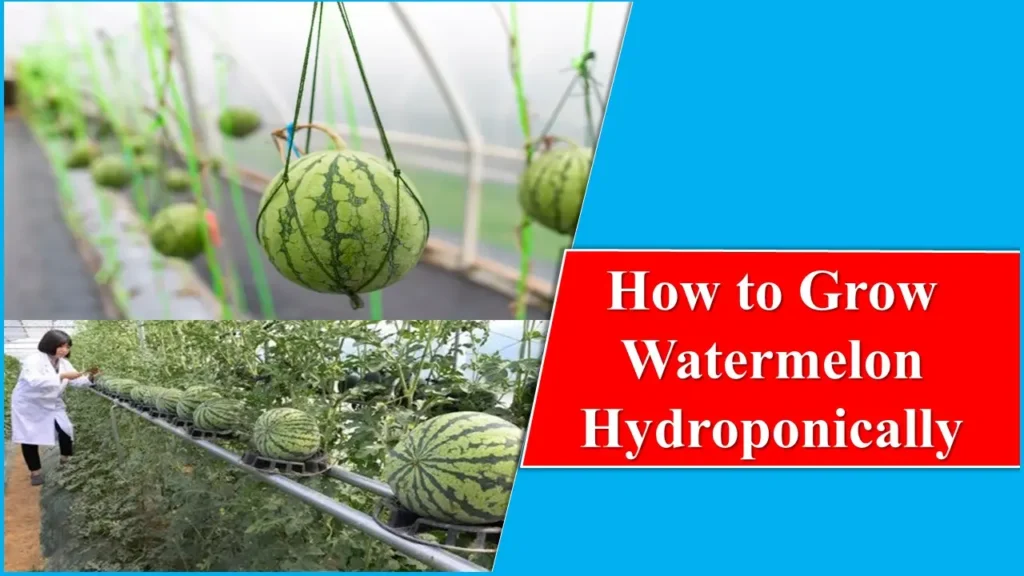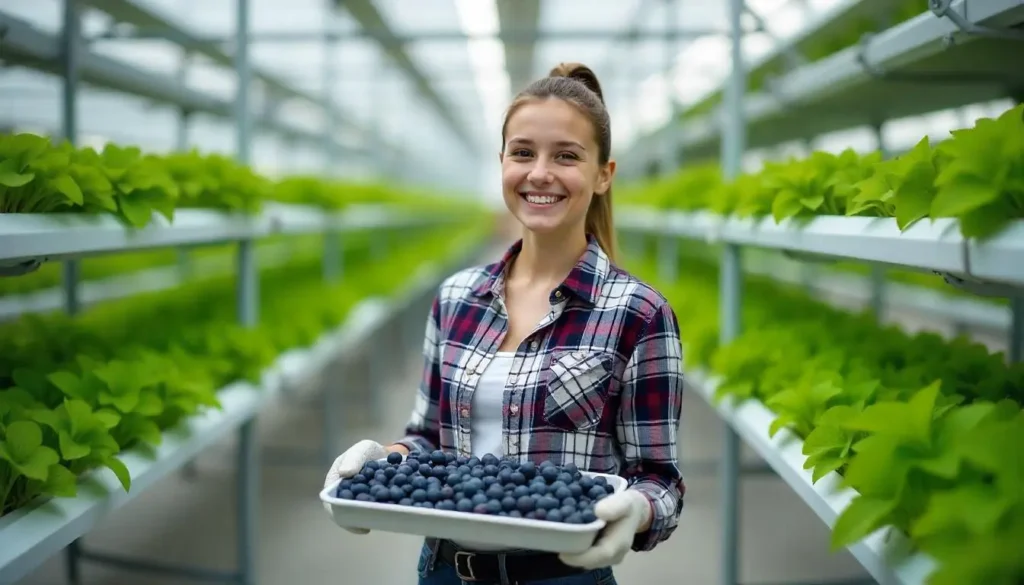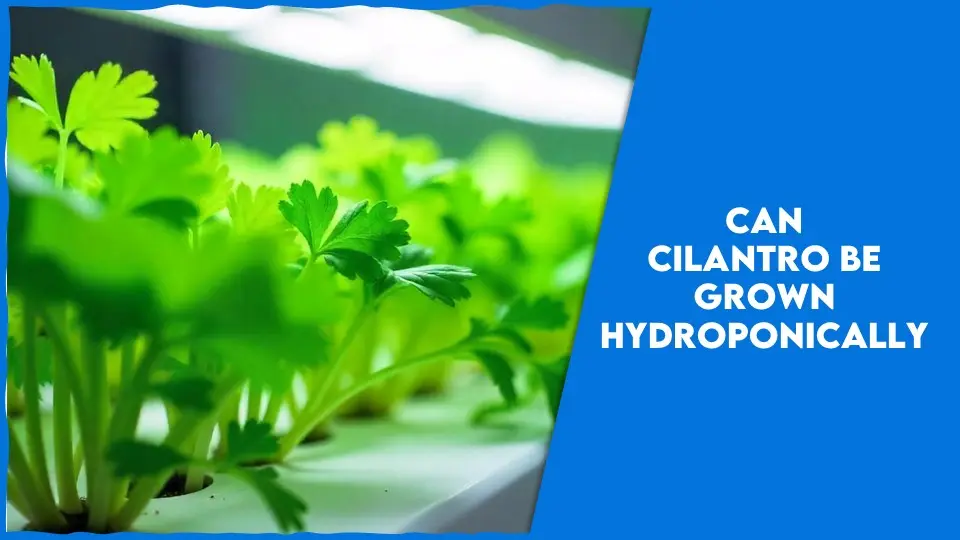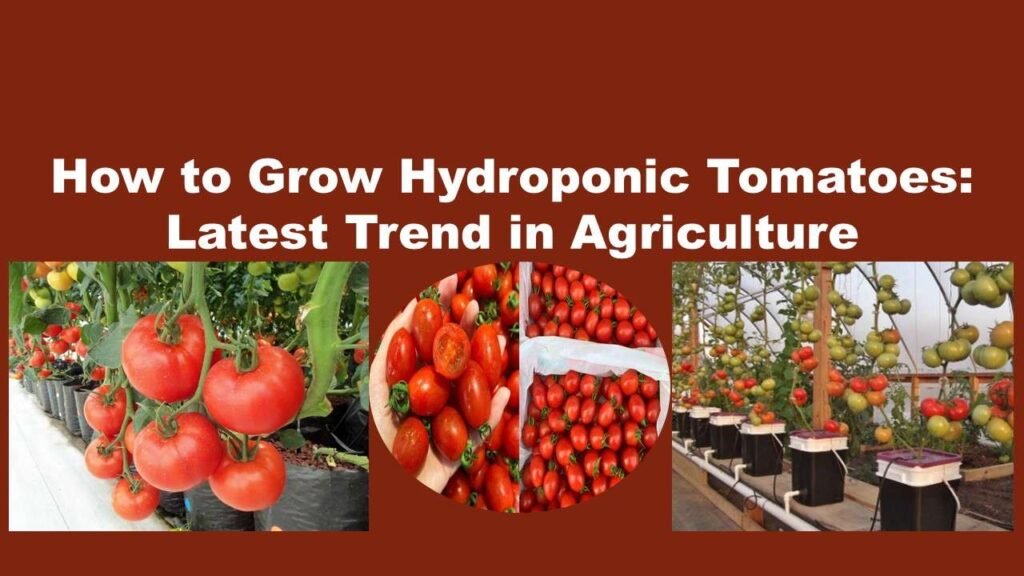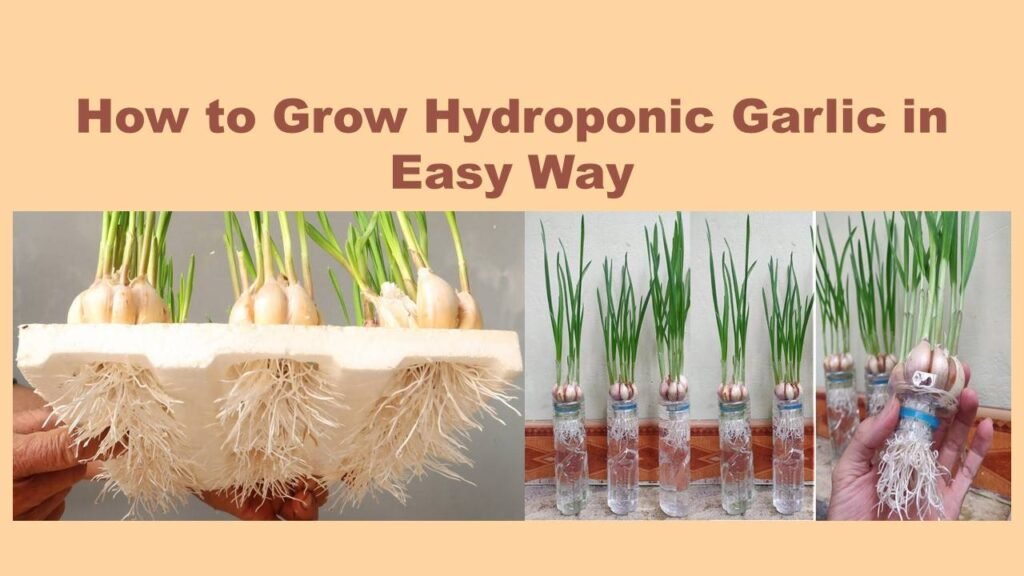Hydroponic Asparagus: Can you grow asparagus hydroponically
have you ever think about, can you grow asparagus hydroponically? the answer is Yes it is possible to grow Hydroponic Asparagus.
Asparagus is an important perennial vegetable mostly in the foreign countries like Germany, USA, Spain, France while in India its production is not as much. It is scientifically known as Asparagus officinalis, and it belongs to the Asparagaceae family. The edible portion of the plant is the tender shoots which are called ‘spears’. In the processing industry it also has a good base. These tender shoots are canned and frozen and are also used as processed foods. When these are grown in a hydroponic system rather than a field, it provides more yield and better growth. Hydroponic asparagus has more nutritional content then the traditional asparagus.
Why to Grow Asparagus hydroponics
Why choose a crop like asparagus for your hydroponics if there are many other crops which are suitable for hydroponics. The answer is behind the nutritional qualities. The nutritional benefits of asparagus is much more than other crops grown in hydroponics. Now the world is facing problems due to high calorie food, asparagus is a good option for those. On the other hand one more aspect of growing hydroponic asparagus is that it is a perennial crop and provides a regular income; mostly its production is on peak in spring months. As it is perennial, its root system is established then it provides regular growth.
| Nutritional Benefit | Description |
| Rich in Vitamins | Asparagus provides significant amounts of vitamins A, C, E, and K, essential for various bodily functions such as immune support, skin health, and blood clotting. |
| High in Folate | Asparagus is an excellent source of folate (vitamin B9), important for cell division and DNA synthesis, particularly crucial during pregnancy for fetal development. |
| Good Source of Fiber | Asparagus contains dietary fiber, promoting digestive health, bowel regularity, and aiding in weight management by increasing satiety. |
| Low in Calories and Fat | Asparagus is naturally low in calories and fat, making it a nutritious option for individuals watching their calorie and fat intake. |
| Antioxidant Properties | Reduce the risk of chronic diseases. |
| Digestive Health | High in fiber, good for digestion |
Why to Choose Hydroponics for Growing Asparagus:
Farmers like using hydroponics to grow asparagus for a few reasons. It helps the plants grow really well because they can control things like water, temperature, and food more precisely. As we know that the asparagus production is on peak during spring season and in other seasons it decreases, but in case of hydroponic asparagus the management of temperature, humidity, lighting, EC, pH, makes it possible to get regular harvests without ups and downs in production. With hydroponics, asparagus can be grown all year round, which means they always have fresh asparagus to sell. As the hydroponic system is indoor and entry of diseases and pathogens is restricted, it provides a plus point in prevention from these problems.
| Reasons for Choosing Hydroponics for Asparagus |
| 1. Optimized Growth Conditions |
| 2. Water Efficiency |
| 3. Space Utilization |
| 4. Year-Round Production |
| 5. Reduced Pest and Disease Pressure |
| 6. Improved Nutrient Uptake |
| 7. Reduced Environmental Impact |
How to Grow Asparagus in Hydroponics:
Selection of Site for Set Up:
Selection of site is important with respect to long term investment in hydroponics. Some important things to remember while selecting the site are that it must be near to the water source as you will have to use pumps and motors to pull water up to the site. This will cause waste of energy and resources. The 2nd thing is the site has a good supply of electricity to perform all the management in the system. Another thing is that it should be near to the market if possible so that post harvest losses must be less or it may be near the road so it can be easy to transport and minimum losses occur.
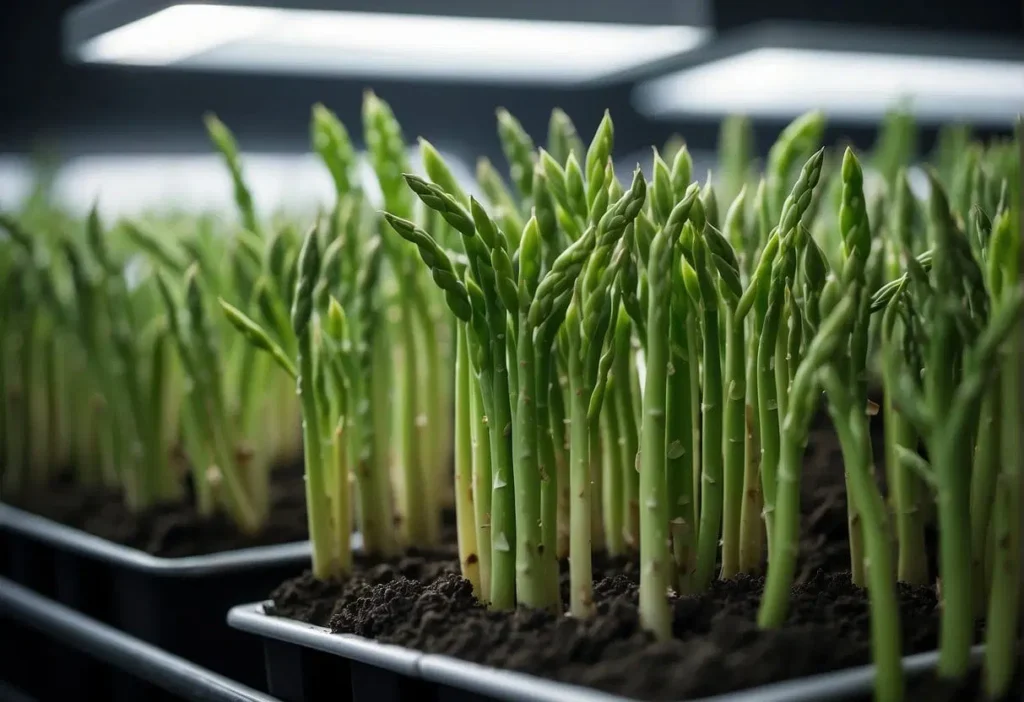
Image Source: gardeningbaron
Selection of Suitable Hydroponic System:
Hydroponic system is depends upon the farmer and the handler of hydroponic system that which one can easily handled by them. There are many options but specifically two are very popular and also have good reviews. One of them is nutrient film technique in which the plants are set in a growing medium and their roots are in the flow of nutrient solution which provides all the required stuff to plants. The other popular one is deep water culture method where the plant roots are suspender in the solution and a air stone is placed under the water below roots which is connected to the air pump and provides aeration to the roots and plants.
Hydroponics Asparagus Varieties
| Variety | Why It Is Suitable for Hydroponics |
| Jersey Knight | High yields, uniform spear size, disease resistance |
| UC 157 F1 | Consistent yields, spear quality, disease resistance |
| Purple Passion | Unique flavor profile, vibrant purple spears |
| Mary Washington | Classic asparagus flavor, adaptable to hydroponic conditions |
| Guelph Millennium | High yields, disease resistance, uniform spear production |
| Atlas F1 | Excellent disease resistance, uniform spear production |
Planting Material for Asparagus:
Asparagus can be grown from seeds or crowns (one-year-old dormant roots). If starting from crowns, plant them in the growing medium with the bud side facing upwards. If starting from seeds, germinate them first using a seed tray or paper towel method before transferring to the hydroponic system.

Image source: wikiHow
Growing Medium:
In hydroponic systems, growers have several options for growing mediums to support asparagus plants. Common choices include rockwool, perlite, coconut coir, vermiculite, and hydroton (expanded clay pebbles). Rockwool is favored for its excellent water retention and aeration properties, while perlite provides good drainage and aeration. Vermiculite retains moisture in the root zone while providing aeration, and hydroton is lightweight with good drainage and aeration. Regardless of the chosen medium, maintaining proper pH and nutrient levels in the hydroponic solution is crucial for supporting healthy asparagus growth.
Maintain Optimal Growing Conditions:
Temperature:
Hydroponic Asparagus prefers cooler temperatures, ideally between 60-77°F (15-25°C) during the day and slightly cooler at night.
Light:
Provide adequate light for at least 12-14 hours per day. Light can be provided artificially in indoor hydroponics systems.
Nutrients:
Use a balanced hydroponic nutrient solution formulated for vegetative growth. Follow the manufacturer’s instructions for mixing and application rates.
pH and EC Levels:
Monitor and adjust the pH of the nutrient solution to maintain it within the optimal range for asparagus, typically between 6.0-7.0. Also, regularly check the electrical conductivity (EC) levels to ensure proper nutrient uptake.
Watering:
Maintain proper water levels in the hydroponic system, ensuring that the roots have access to oxygen. Avoid overwatering, as this can lead to root rot.
Optimum Conditions for growing asparagus hydroponically
| Growth Factor | Optimum Conditions |
| Temperature | Daytime: 65-75°F (18-24°C), Nighttime: Slightly cooler |
| Light | High light intensity (600-800 µmol/m²/s) |
| pH Level | 6.0-6.5 |
| Electrical Conductivity (EC) | 1.5-2.5 mS/cm |
| Nutrient Solution | Balanced NPK ratio suitable for vegetative growth |
| Water | Well-aerated, oxygen-rich |
| Humidity | Moderate (50-70%) |
| Growing Medium | Sterile, inert medium (e.g., perlite, coconut coir, rockwool) |
Supporting in Asparagus:
Supporting asparagus plants in hydroponic systems is crucial for their proper growth and development. Common methods include trellising, staking, using string or netting, employing cages or wire mesh, utilizing floating rafts in deep-water culture systems, and implementing vertical growing systems. If support is not done at right stages then the bending in stems can occur which can lead to damage or it will adversely affect the marketing due to its improper shape.
Harvesting of Asparagus
Harvesting of hydroponic asparagus is pretty simple! You just need to wait until the spears are about 6 to 8 inches tall, then gently snap them off at ground level using your fingers. Don’t use a knife, as it can hurt the plant. It’s important to do this every 1 to 2 days during the peak growing season to keep the spears from getting too tough. Be sure to leave some spears behind to keep the plant growing more. Try to harvest the spears gently without bruising.
Time Taken in Different stages of growing asparagus:
| Stage | Time Taken |
| Germination | 2-3 weeks |
| Establishment | 1-3 months |
| Vegetative Growth | 1-2 years |
| Spear Production | 2-3 years |
| Harvesting and Regrowth | Several weeks to few months |
Important Practices to Control Pest and Disease:
| Strategy | Description |
| Sanitation | Maintain cleanliness in the hydroponic system by regular cleaning and disinfection. Remove plant debris promptly to prevent pathogen buildup. |
| Integrated Pest Management | Combine cultural practices and biological controls. |
| Monitoring | Regularly inspect plants for signs of pest infestation or disease symptoms to detect issues early and prevent spread. |
| Biological Controls | Introduce beneficial insects or natural predators to control pest populations without using chemical pesticides. |
| Cultural Practices | Optimize growing conditions to promote plant health and vigor. |
| Organic Pesticides and Fungicides | Use organic-approved pesticides and fungicides when chemical intervention is necessary, following label instructions carefully. |
Conclusion:
Asparagus is a crop which has a high demand in metro cities and urban areas due to the increasing knowledge of nutrition among people nowadays. In urban cities hydroponics is the best way to do farming as there is low land availability and hydroponics gives upper hand to farmers. Hydroponic asparagus is established in an indoor facility to ensure proper management. Less availability of lands for farming in the city can be counter by hydroponics. But to follow this hydroponic system one must take training sessions from institutes or working under some pre established hydroponic farms to learn the whole systems and managements.
Do You Really Know About Hydroponics? Let’s Play a Quiz!
Think you know everything about hydroponics? It’s time to put your knowledge to the test! Play this interactive quiz and challenge yourself with questions about soil-less farming, nutrient solutions, and the amazing world of hydroponics.
Hydroponics Puzzle Quiz Game
Test your knowledge and reasoning in hydroponics with this fun and interactive quiz game!
Congratulations!
Latest Post
- How to Clean Hydroton Clay Pebbles For Reuse
- How to Clean Hydroton Clay Pebbles for Reuse
- Role of Grow Light in Hydroponics
- How to Grow Hydroponic Peppers (Bell Peppers Hydroponics)
- Aeroponics vs Hydroponics vs Aquaponics
- Difference between NFT and DFT Hydroponics : What’s best for you?
- Can You Grow Watermelon Hydroponically : Hydroponic Watermelon
- Best Vegetables for Hydroponics System
- How to Grow Hydroponic Kale : Step by Step GUIDE
- How to Prevent Root Rot in Hydroponics
- Can You Grow Blueberries Hydroponically?
- Dutch Bucket Hydroponic System: A Perfect Technique
- How to Grow Basil Hydroponically: A Comprehensive Guide.
- Can Cilantro be Grown Hydroponically? A Step-by-Step Guide.
- Growing Hydroponic Tomatoes : how fast do hydroponic tomatoes grow
Join Our Hydroponics Growers Group!
Connect with fellow hydroponics enthusiasts, share your ideas, ask questions, and grow together as a community.
👉 Join WhatsApp Group
